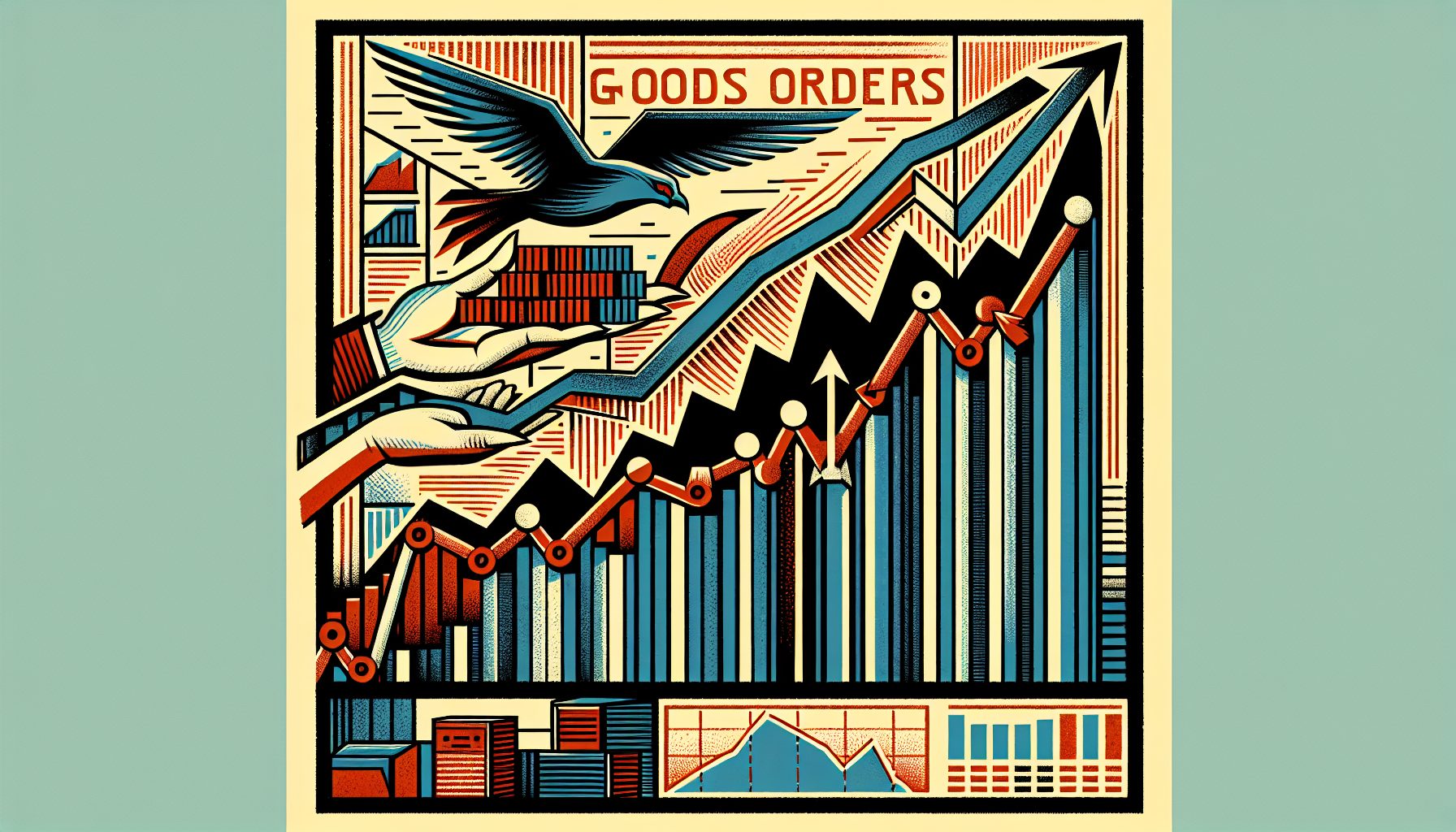The United States is experiencing a significant decrease in orders for long-lasting goods, alongside minimal progress in factory orders. This downward trend in the economy is worrying experts.
A drop of 6.1% in long-lasting goods orders in January far exceeds the predicted 3% decline. The fall surpasses a previous trend of a 4% drop over the last quarter. Caution is advised as this downturn could signal an economic slow-down, linked often to decreased business confidence.
The manufacturing industry, reliant on these orders, may face impacts, leading to concerns over job numbers declining in response to the falling demand. This is particularly disconcerting considering the unemployment rate’s steady rise.
If reduced spending on durable goods continues, this downturn could hint at larger trends towards decreased consumer confidence and spending thus influencing the economic growth significantly.
These statistical downward trends serve as warning signals for potential volatility in the U.S. market. Strategic planning will be critical to prevent further economic decline.
In February, an economic index revealed a drop in consumer confidence to 106.7, paralleling slower growth in house prices. The manufacturing sector mirrored this downtrend with a 0.9% decrease in month-on-month output, a similar trend seen in the retail sector which experienced decreased footfalls and sales.
The job market has shown a slight resilience, with the unemployment rate remaining relatively steady. Nevertheless, continued decreases in consumer spending could result in layoffs if companies decide to cut expenses.
Strategic interventions in the form of fiscal and monetary policies are being reviewed by the central government to address these concerns. These may include potential rate cuts or stimulus packages to help regain consumer confidence and stabilize the economy.
Despite these challenges, hopes for financial growth remain alive, with an anticipated change in direction from potential interventions from concerned authorities.
Different business sectors are projected to experience varying impacts. For example, Teleperformance suffered a steep decrease in its stock prices due to the projected impacts of artificial intelligence disrupting traditional call centre operations. This tech-evolution forces businesses to adapt and respond to changes, or risk becoming obsolete.
Effects of these changes are anticipated to become clearer through future economic reports and business performance evaluations, requiring industries to streamline operations and innovate to remain viable.
Continuous monitoring, proactive planning, flexibility, and innovation are key for businesses to successfully adapt and thrive amidst these economic headwinds. Businesses must remain vigilant, anticipating and adapting to these evolving economic patterns or face significant economic consequences, potentially jeopardizing their survival.
The aftermath of these changes introduces a new reality that requires businesses and economies worldwide to adjust, as the ripple effects will likely alter the business landscape and industry interactions significantly.










